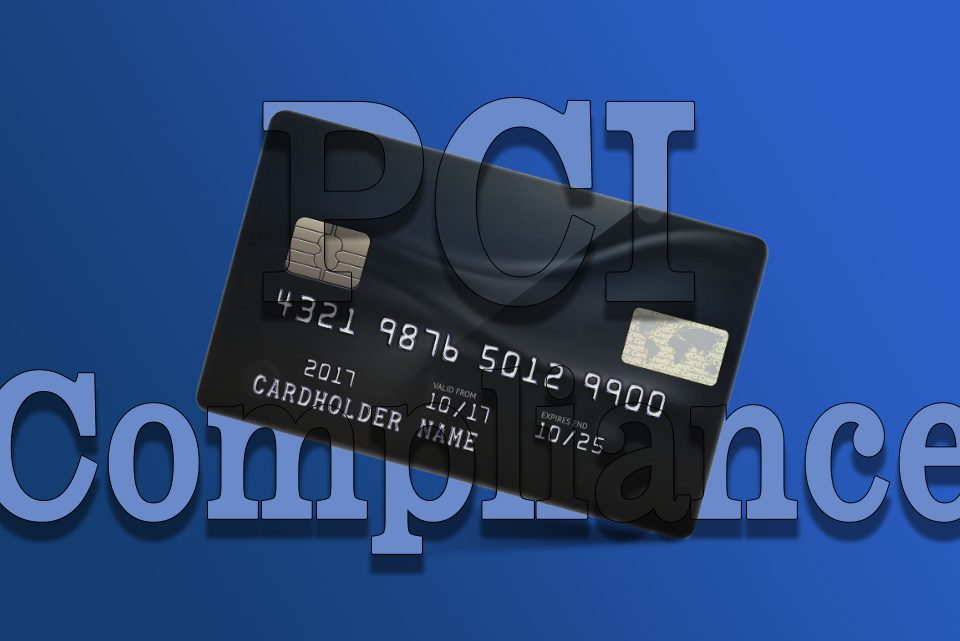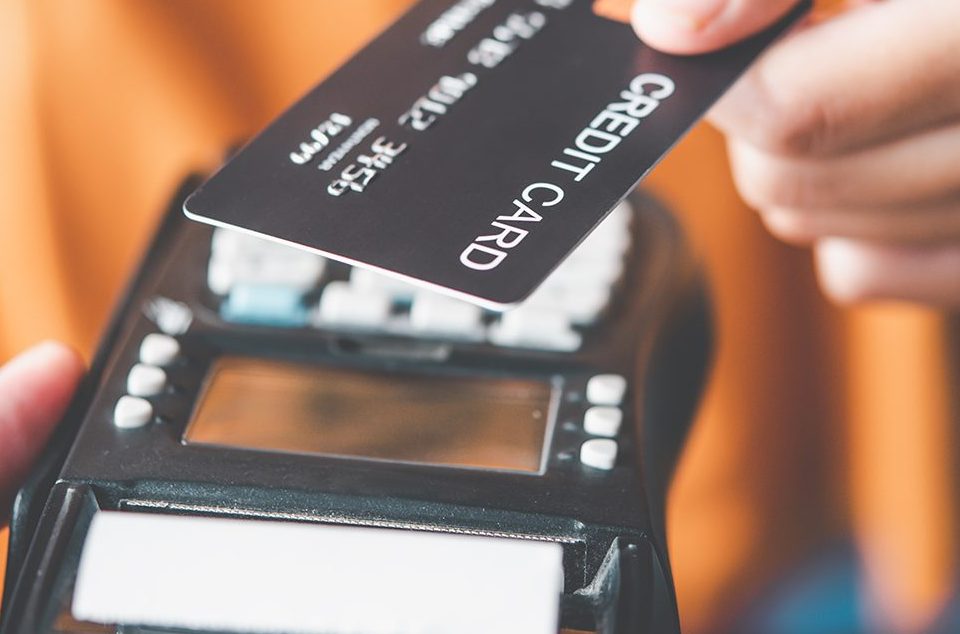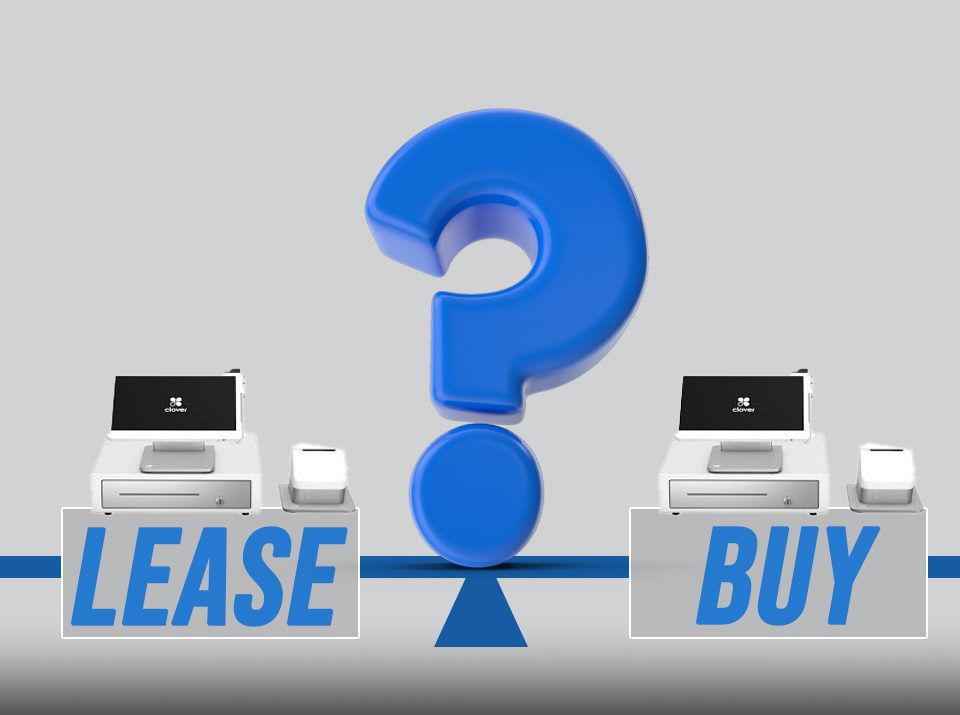What Is a Credit Card Network and How Does It Work?

How to Lower Your Credit Card Processing Fees
May 23, 2023
10 Smart Ways for Small Businesses to Reduce Credit Card Processing Fees
July 2, 2023Credit card networks and issuers play a vital role in how your credit card works, where it can be accepted and the type of benefits that could be obtained.
If you’re ever curious about what these card networks, card associations, or card brands are and what these entities really do (other than make you pay various kinds of fees), you’ve reached the right place. We’ll explain what card networks are and provide overall context for understanding how they fit into the business of credit card processing.
What is a Credit Card Network?
Before we get into credit card networks, let’s first define what credit cards are and what credit card brands exist. A credit card is a payment card supplied to users (cardholders) to allow the cardholder to pay a merchant based on the cardholder's accumulated debt.
The card issuer, which is generally a bank or credit union, grants a line of credit to the cardholder, from which the cardholder can borrow money for payment to a merchant or as a cash advance. The two credit card categories are consumer credit cards and business credit cards.
The four major credit card networks are Visa, Master Card, American Express and Discover. Out of the four networks, two are also card issuers — Amex and Discover.
The Visa and Mastercard networks cover credit cards, debit cards, prepaid debit cards, and gift cards. The American Express network includes credit cards, gift cards, and prepaid debit cards only, while Discover’s network includes credit cards as well as debit cards via its cash-back checking account.
Understanding how payment transactions are processed and where your card is likely to be accepted or not accepted will allow you to make the most of your card purchases.
What Role Does a Credit Card Association Have In the Credit Card Processing Flow?
Whether it’s online or in a physical store, when you make a purchase with a credit, you’re demanding that your card issuer pay the merchant. But that payment first must go through a credit card network.
Credit card networks exchange information between the merchant’s acquiring bank and an issuing bank or card issuer(the financial organization that issued you a card) to decide if you can make a purchase and to facilitate the purchase.
The role of a card network is to facilitate transactions between merchants and card issuers. To do this, card networks create virtual payment infrastructures and charge merchants interchange fees for processing consumers’ credit or debit card transactions.
Interchange fees are fees paid between banks for the acceptance of card-based transactions. Generally, for sales/services transactions it is a fee that a merchant's bank pays a customer's bank.
In addition to aiding transactions, card networks decide where credit cards are accepted. Not every merchant accepts all networks, they usually specify more when you’re checking out. However, the major card networks have reached similar acceptance rates: According to the Nilson Report for 2019, Visa and Mastercard are accepted at 10.7 million U.S. locations while Amex and Discover are accepted at 10.6 million U.S. locations.
Card networks have partnerships across several industries like travel, transportation, dining and entertainment. Having a card within a certain network may give you travel perks, purchase protections and more depending on the terms and benefits.

Credit Card Network
What Happens When a Credit Card is Processed?
There are many entities in the credit card processing business, and each has a spot in the overall business model. Here are the main entities involved:
-
The merchant
-
The cardholder
-
The processor
-
The issuing bank
-
The acquiring bank
-
The card associations
According to Merchant Maverick, once a cardholder uses a card to make a purchase the following process begins:
1. The card information is encrypted and transmitted from the merchant to the processor.
2. The processor determines which acquiring bank is associated with the merchant. Note that sometimes the processor is the same as the acquiring bank, but often it is not.
3. The payment information is sent to the acquiring bank.
4. The acquiring bank sends the information to the right credit card association–i.e. Visa, Mastercard, Discover, or American Express.
5. The card association matches the consumer with the correct issuing bank and often performs some fraud checks. If the card purchase is a tokenized purchase, the association further matches the token to the actual, primary card number (PAN) and forwards the information to the issuing bank. With Discover and American Express, they are their own issuing banks.
6. The issuing bank checks the credit availability of the cardholder (and potentially performs additional identity verification checks), and either authorizes or declines the purchase.
7. This message is conveyed to the acquiring bank directly. If the purchase is approved, the acquiring bank releases the funds to the processor, which, in turn, releases the funds to the merchants in a prohibited time period.
8. The money owed between the issuing bank and the acquiring bank is settled later.
9. The cardholder pays the issuing bank back at a later date.
The reality is that as a business owner you probably have no direct contact with these entities — however, what they decide to do directly affects you. Every so often, these decisions force you to adjust the way you need to run your business, but other decisions could be beneficial to you or even help you avoid violating financial services laws and regulations.
At the end of it all, credit card associations processes and rules directly affect how credit card payments work. We hope this article has given you a better understanding of what they do, and how they do it.
If you’re a business that takes credit card payments or looking to start, learn how Valiant Payments can help your business save big with 0% in credit card processing fees and complementary marketing services to help your business grow. Valiant Payments is revolutionizing the merchant services industry with innovative plans that focus on helping grow your business. Stop getting hit with high processing fees and instead pay less fees and have them work for your business.




